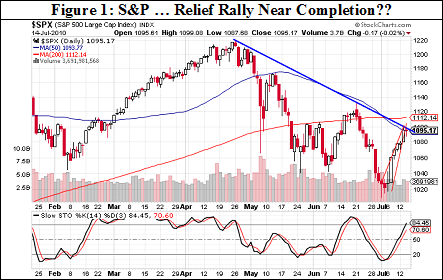2 Investment Strategies for Gaining ETF Exposure (AMTD ETFC IVZ SCHW)
Post on: 16 Март, 2015 No Comment

The exchange-traded fund (ETF) industry has exploded over the past two decades. But when sifting through the seemingly countless number of fund choices, investors can find it pretty confusing. Let’s break down two investment strategies for adding ETF exposure to your portfolio.
Tale of two ETF strategies
In their most basic form, traditional ETFs are investments that attempt to mirror the return of a particular index, like the S&P 500. The fund manager’s buy and sell decisions are based only on the contents of the underlying index, not on research. These managers make no active decisions, resulting in less trading, increased tax efficiency, and reduced fund expenses. Again, we don’t buy these funds because we think they’re creating value. We simply want exposure to the overall market, or a certain slice of it that we lack in our existing portfolios.
On the other hand, value-creating ETFs attempt to outperform traditional benchmark indexes. We buy these funds because we think they house additional value. As a result, we’re willing to pay more for them. That means their inherent cost – or expense ratio – will typically be higher than those of traditional ETFs.
Only a fraction of U.S. households currently own an ETF, but both traditional and value-creating ETFs are gaining popularity. And, as more dollars funnel into the ETF market, economies of scale kick in, making these investments even cheaper to own.
Gaining ETF exposure. without breaking the piggybank
So what’s the best choice? A traditional ETF or one that’s value creating? That depends. First, determine your need for market exposure. For example, if you’re lacking international investments, go with an ETF that’ll get you that type of exposure. Next, decide whether or not you’re willing to pay a higher cost for the chance to outperform. If you’re inclined to fork over extra dough for that potential, then consider a value-creating type of ETF. For example, Invesco’s ( NYSE: IVZ ) PowerShares ETFs seek to beat traditional benchmark indexes while giving investors access to more focused investment opportunities. Instead, if you want to keep costs to a minimum, then look for a traditional ETF with a low expense ratio.

On top of the fund’s expense ratio, it costs you money to trade ETFs. Because a commission is charged every time you place a buy or sell trade, finding a commission-free ETF platform will save you lots of money. Schwab’s ( NYSE: SCHW ) OneSource platform and TD Ameritrade ( NYSE: AMTD ) offer access to some of the broadest lists of commission-free ETFs, with both platforms boasting more than 100 ETFs on their respective lists. Brokerage customers of Vanguard and Fidelity can buy and sell dozens of ETFs without incurring transaction fees. Unlike the other platforms, E*TRADE ( NASDAQ: ETFC ) doesn’t include products from some of the largest ETF providers, so its commission-free line up of funds comprises a lot of smaller ETFs.
Foolish takeaway
When investing in ETFs (or really any investment), focus on your expectation of future performance, as opposed to how the fund did in years past. Beyond that, don’t let the ETF world overwhelm you. It’s really quite simple to augment your existing portfolio with ETFs. Use these two investment strategies to help you do so.
Now that you’re armed with some strategies, find out about ETFs that have great promise for delivering profits to shareholders. Check out The Motley Fool’s special free report, 3 ETFs Set to Soar . Just click here to access it now.














